Increasing childhood obesity
Consuming a lot of sugary drinks increases the rate of overweight and obesity in children. According to the United Nations Children's Fund (UNICEF), by 2030 Vietnam will have about 2 million overweight and obese children.
Although only 10 years old, Le Hong Duc ( Hanoi ) already weighs 48kg. Taking her child to the Central Endocrinology Hospital for a check-up, Ms. Pham Thi Nga (Hanoi) said: "In the past 2 years, my child has gained more than 15kg, and is considered overweight. The doctor tested blood sugar and hormones and advised the family on diet and exercise to help the child lose weight." According to Ms. Nga, Duc has loved sweets and fried foods since he was a child. In the past two years, he has drunk a lot of soft drinks, eaten fast food, and milk tea, and has gained weight almost out of control.
The Central Endocrinology Hospital has received many overweight and obese children for examination, among which many children have been found to have diabetes. Many children come to the hospital with a "huge" weight index, the nutritionist asks them to "jump rope" right in the clinic to increase their physical activity. The reason for overweight and obesity in children is the loss of control in their diet, overuse of sweets, fried foods and lack of exercise.

According to the survey data of the National Institute of Nutrition, the rate of overweight and obesity in children in Vietnam has tended to increase significantly over the past decade. Specifically, in the group of children aged 5-19, this rate increased from 8.5% in 2010 to 19.0% in 2020. Of which, urban areas recorded the highest rate (26.8%), followed by rural areas (18.3%) and the lowest was mountainous areas (6.9%). For children under 5 years old, the national overweight and obesity rate reached 9.4% with the difference between urban (11.4%) and rural areas (8.5%). In the group of children aged 5-16, the national overweight and obesity rate was 22%, urban areas were 25.4% and rural areas were 20.2%.
Associate Professor, Dr. Truong Tuyet Mai, Deputy Director of the National Institute of Nutrition, said that regular consumption of sugary drinks can increase the risk of overweight, obesity, gastrointestinal diseases, cancer, kidney diseases, urinary diseases, blood pressure, etc. Studies show that if an adult drinks 1 can of soft drink a day for 1 year, they will gain 6.75 kg in weight. As for children who regularly drink sugary drinks, only their body mass increases by 0.24 compared to children who do not drink. Children aged 2-5 who regularly drink soft drinks have a 43% increased risk of obesity.
Similarly, the American Heart Association (AHA) also recommends that children under 2 years of age should not consume any foods or drinks with added sugar. With the current rate of sugary drink consumption, UNICEF predicts that by 2030 Vietnam will have about 2 million overweight and obese children.
Increase taxes to reduce consumption
According to 2019 estimates, the economic loss due to overweight and obesity alone in our country is 3.69 billion USD, accounting for 1.1% of GDP, not to mention the cost of other related non-communicable diseases. By 2060, these indicators are forecast to increase to 103.1 billion USD, accounting for 2.8% of GDP; meaning the total cost will increase 28 times.
Given this situation, implementing measures to control sugary beverage consumption is urgent to protect public health, especially that of children and adolescents. One of the proposed effective solutions is to apply excise tax on sugary beverages, to curb the trend of overconsumption and reduce sugar intake in the population.
According to research results from the University of Public Health , if a tax is imposed to increase the retail price of sugary drinks by 20% as recommended by WHO, the rate of overweight and obesity in Vietnam could decrease by 2.1% and 1.5% respectively, preventing 80,000 cases of diabetes, saving the health system nearly 800 billion VND.
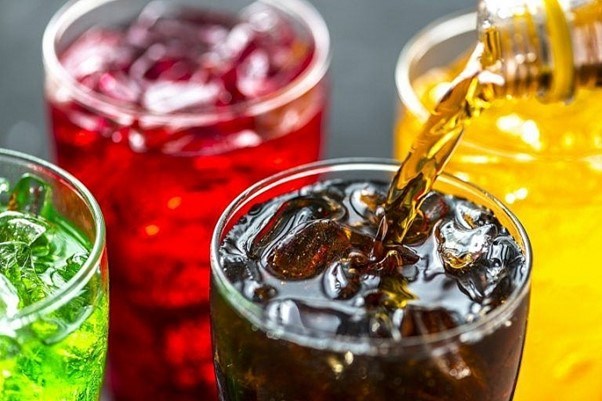
Dr. Angela Pratt, WHO Representative in Vietnam, said that the burden of non-communicable diseases in Vietnam remains high, accounting for 70% of the total disease burden nationwide. Sugary drinks are identified as the cause of a series of diseases, increasing obesity, diabetes, cardiovascular disease and other non-communicable diseases. Therefore, WHO recommends imposing a tax on sugary drinks to increase prices, thereby reducing consumption. This measure is especially effective in helping to change the habits of children and adolescents, who are more affected by prices.
“Around 110 countries in the world tax sugary drinks. Experience shows that this is a win-win solution – it helps improve health and reduce health care costs, while increasing government revenues. WHO also recommends raising public awareness. For example, few people know that a 330 ml can of carbonated soft drink can contain up to 10 teaspoons or 40 grams of sugar,” said the WHO Representative in Vietnam.
Dr. Angela Pratt also said that this is a very suitable time to increase taxes on sugary drinks, because compared to other countries in the region and the world, Vietnam is lagging behind. The National Assembly is considering amending the Law on Special Consumption Tax, this is an opportunity to impose taxes on sugary drinks. Without intervention, the trend of consuming sugary drinks will continue to increase, leading to many negative consequences for children, adolescents, adults and society as a whole.
Sharing this view, at the 15th National Assembly session, delegate Le Hoang Anh (Gia Lai) also said that the tax rate plan for Vietnamese standard sugary soft drinks 5g/100ml of 8% and 10% postponed to 2027 and 2028 is too slow and too low. He gave the example of Thailand imposing the tax in 2017, immediately after the imposition, consumption decreased and was controlled. The Philippines and Malaysia collected billions of dollars from this tax, but more importantly, they reduced the rate of disease... Therefore, the delegate proposed not to reduce the tax rate to 8% but to keep it at 10% from 2026 and 20% from 2030, and at the same time add an absolute tax according to the sugar content as the model applied by Thailand.
Source: https://cand.com.vn/Xa-hoi/viet-nam-tieu-thu-do-uong-co-duong-tang-gap-4-lan-gia-tang-ganh-nang-benh-tat-i770370/


![[Photo] National Assembly Chairman Tran Thanh Man received a delegation of the Social Democratic Party of Germany](https://vphoto.vietnam.vn/thumb/1200x675/vietnam/resource/IMAGE/2025/10/28/1761652150406_ndo_br_cover-3345-jpg.webp)
![[Photo] Flooding on the right side of the gate, entrance to Hue Citadel](https://vphoto.vietnam.vn/thumb/1200x675/vietnam/resource/IMAGE/2025/10/28/1761660788143_ndo_br_gen-h-z7165069467254-74c71c36d0cb396744b678cec80552f0-2-jpg.webp)
![[Photo] Prime Minister Pham Minh Chinh chaired a meeting to discuss solutions to overcome the consequences of floods in the central provinces.](https://vphoto.vietnam.vn/thumb/1200x675/vietnam/resource/IMAGE/2025/10/29/1761716305524_dsc-7735-jpg.webp)











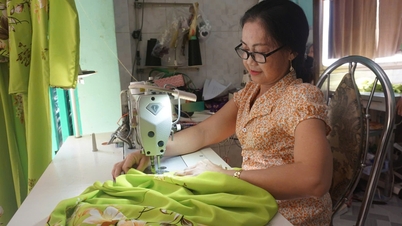











![[Photo] President Luong Cuong attends the 80th Anniversary of the Traditional Day of the Armed Forces of Military Region 3](https://vphoto.vietnam.vn/thumb/1200x675/vietnam/resource/IMAGE/2025/10/28/1761635584312_ndo_br_1-jpg.webp)
![[Photo] Draft documents of the 14th Party Congress reach people at the Commune Cultural Post Offices](https://vphoto.vietnam.vn/thumb/1200x675/vietnam/resource/IMAGE/2025/10/28/1761642182616_du-thao-tai-tinh-hung-yen-4070-5235-jpg.webp)



























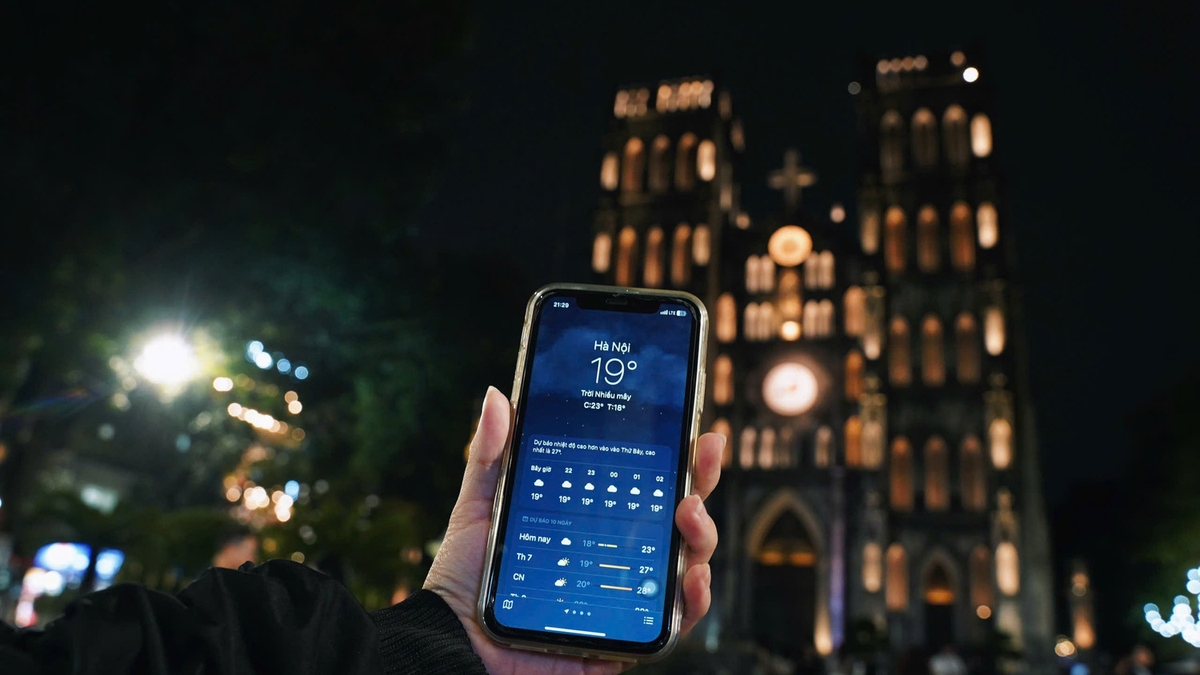










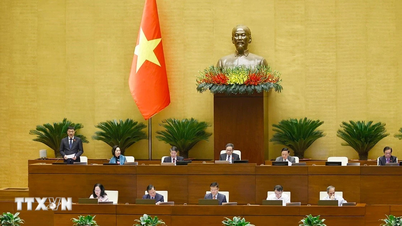

















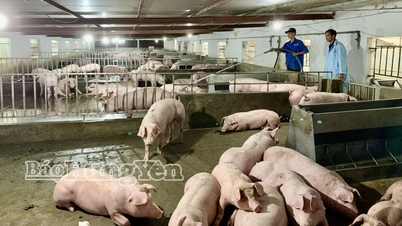

















Comment (0)